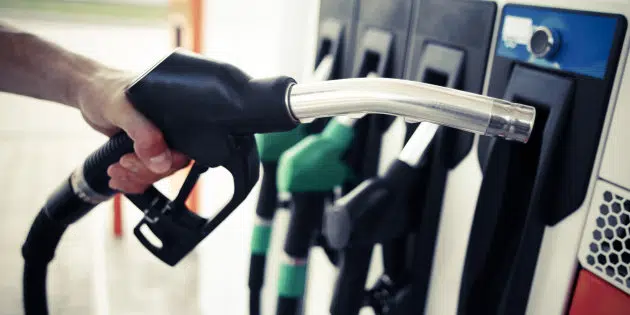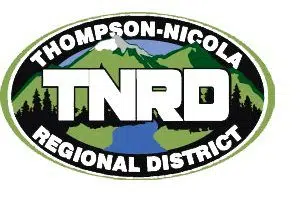
Detail of a hand holding a fuel pump at a station
The B.C. government has brought in limits on gasoline and diesel sales to 30 litres per visit on Vancouver Island, southwestern B.C., and the Sunshine Coast because of issues with supply.
Public Safety Minister Mike Farnworth says the limit is an important step to ensure that emergency vehicles have unrestricted access to fuel, predominately from commercial cardlock gas stations.
“We are asking people to limit their fuel consumption and vehicle travel at this time and are putting in place orders under the provincial state of emergency to support this,” he said.
“These steps will keep commercial traffic moving, stabilize our supply chains and make sure everyone gets home safely. We are asking people not to travel through severely affected areas – for their own well-being, but also to make sure the fuel we do have goes toward the services people need in this time of crisis.”
Asked by NL News, Farnworth later confirmed that southwestern B.C. does not include the Kamloops area. The order will be in place in the Lower Mainland-to-Hope region, the Sea-to-Sky region, Sunshine Coast, the Gulf Islands, and Vancouver Island. The restrictions also do not impact natural gas or heating oil used to heat homes.
People in the areas that are affected are being asked to carpool, walk, or take transit when possible.
“If we follow the orders that are in place today we will be fine,” Farnworth added, noting this order will be in place until Dec. 1.
Retail gas stations and wholesale distributors are also prohibited from profit-margin price gouging, while British Columbians will be prohibited from buying gas simply to resell it to someone else at a higher price.
The Trans Mountain pipeline has been turned off due to concerns with flooding and mudslides, though it is expected to be back online by the end of next week.
“When our province is faced with an emergency, British Columbians step up,” Farnworth added. “We have a steady supply of gas to support all our essential vehicles and we will get through these restrictions together by staying calm, only buying what we need and looking out for each other.”
“These measures are necessary during temporary shortages as work is under way to re-establish B.C.’s fuel supply.”
Travel restrictions in effect as Highway 3 reopens, connecting Lower Mainland and Southern Interior
Effective today, the government has also prohibited non-essential travel on sections of highways 3, 7, and 99.
Transportation Minister Rob Fleming says Highway 3 from Hope to the Southern Interior has opened to essential travel. It comes as Highway 7 was opened to essential travel yesterday, reestablishing a road connection from Vancouver to Hope since Highway 1 through the Fraser Valley remains closed.
People can then head onto Highway 3 and pass through Princeton and then towards either Merritt or Osoyoos and into the Southern Interior and the rest of Canada.
“It establishes a vital link to and from the Lower Mainland,” Fleming said, noting there will be road checks in place. “It is not open to recreational or non-essential travel.”
Drivers are being told to expect sections of single-lane alternating traffic on Highway 7 and three sections of single-lane alternating traffic on Highway 3 east of Hope. The delays will likely be significant, the government says, given the amount of essential goods that need to be delivered along with the number of people looking to finally return home.
“It is strongly encouraged to wait an extra day or two to travel if possible,” a government statement said. “This will help the movement of essential goods on Highway 3.”
As well, Highway 99 is expected to open by Sunday, it will be primarily for passenger vehicles and some smaller commercial vehicles.
“For drivers who must travel for essential purposes, the ministry urges preparation and patience,” the statement added. “Highway corridors between the Lower Mainland and the rest of the province are anticipated to be extremely busy with commercial traffic, and at this time of year, conditions can change quickly.”
“Drivers may be taking an unfamiliar route to their destination. Use extreme caution, obey signs, speed limits and the direction of any traffic control personnel.”
Numerous highways, including the Trans Canada in the Fraser Canyon and the Coquihalla, were damaged by washouts and mudslides when record-setting rain washed over B.C.’s south coast and Interior over a 48-hour period last weekend.















